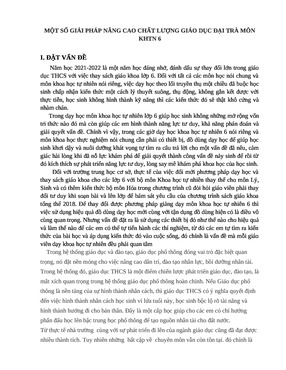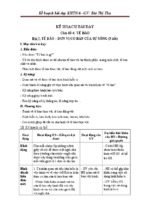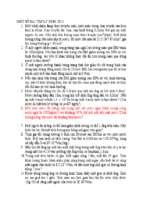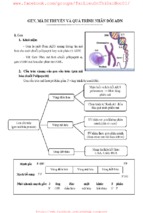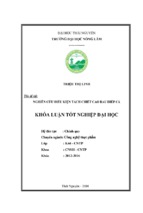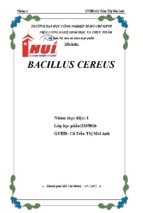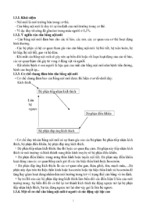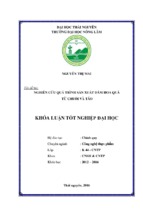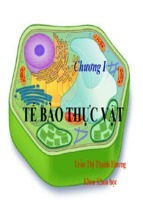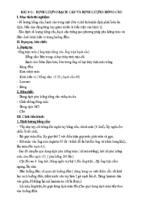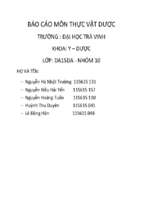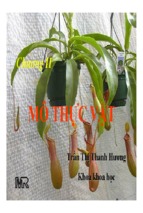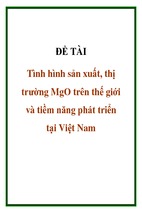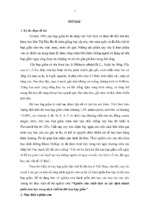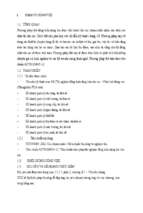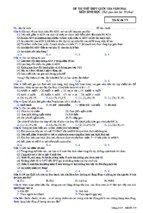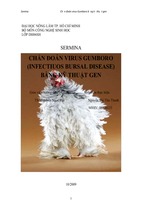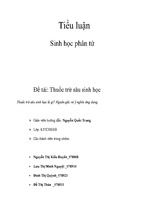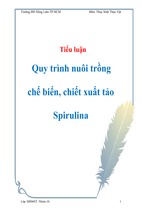CONTROL:
• For Fusarium and leaf spot, remove diseased
plants and reduce soil moisture.
• For root, stem, and leaf rot, remove diseased foliage and reduce soil moisture.
Acknowledgement
We thank the members of SAEOPA and KARWIL
consultancy for information provided.
Lavender
Lavandula angustifolia
Family: Lamiaceae
2009
Further information can be obtained from:
Directorate Plant Production
Private Bag X250
PRETORIA 0001
Tel: +27 12 319 6072
Fax: +27 12 319 6372
E-mail:
[email protected]
Printed and published by:
Department of Agriculture
Obtainable from:
Resource Centre
Directorate Agricultural Information Services
Private Bag X144
PRETORIA
0001
agriculture
Department:
Agriculture
REPUBLIC OF SOUTH AFRICA
Background
Irrigation
Essential oil crops are crops that have volatile,
aromatic oils in certain parts of the plant. Essential
oils are natural plant products which accumulate in
specialised structures such as oil cells, glandular trichomes, and oil or resin vessels. The oil is extracted
from the plant through steam distillation, chemical
extraction or CO2 extraction.
Irrigation is needed for the first 2 years until the crop
has become established. Drip irrigation is recommended as it will also assist in controlling weeds.
Weed control
Hand-hoeing and mechanical weeding with a tractordrawn cultivator is recommended for the control of
weeds. Generally, two to three weeding sessions are
necessary during the year.
Lavandula angustifolia is a perennial, bushy shrub
growing 0,3 to 1,2 m high. True lavender has a compact and rounded growth form.
Distillation waste from this crop applied as organic
mulch is found to be effective in controlling weeds.
Origin and distribution
Most lavender species originate in the Mediterranean
basin, in rocky, calcareous areas. Lavender occurs over North Africa, Mediterranean Europe and
Western India.
Lavender is cultivated in the Western and Eastern
Cape, Kwa-Zulu-Natal, Free State, Gauteng and
Mpumalanga provinces.
Climatic and soil requirements
Lavender produces well with an annual rainfall range
from 300 to 1 400 mm per year. It requires welldrained light, sandy, or sandy loam, or gravelly soils in
full sun. Soil pH should be between 5,8 and 8,3.
Pest and disease control
Cultural practices
Planting
Lavender is normally planted in a row width of 1,2 to
2,0 m apart. Spacing between plants is 30 to 60 cm,
which gives a plant density of 8 000 to 28 000 plants
per hectare.
Propagation
Lavender is mainly propagated by seed, cuttings, layering, tissue culture and division of roots. To ensure
genetic uniformity propagation by seed should not be
used.
Uses
Lavender is used in soap making, high-quality perfumes such as ‘Eau de Cologne,’ candles, incense
sachets, potpourri, wands, pillows, flower bundles,
dried arrangements, wall hangings, wreaths and
many other applications.
Fertilisation
Lavender produces well on soils that are nutrient deficient for most other crops. Excessive applications of
nitrogen can decrease oil quality, result in unhealthy
plants and will increase weed competition.
Very few pests occur on lavender in South Africa as
the plant is a natural pest repellent. The soil nematode
Meloidogyne hapla has been reported as a potential
threat to lavender production. Root diseases that may
occur are Fusarium spp. and Armillaria spp. Leaf spot,
root, stem, and leaf rot may occur.


